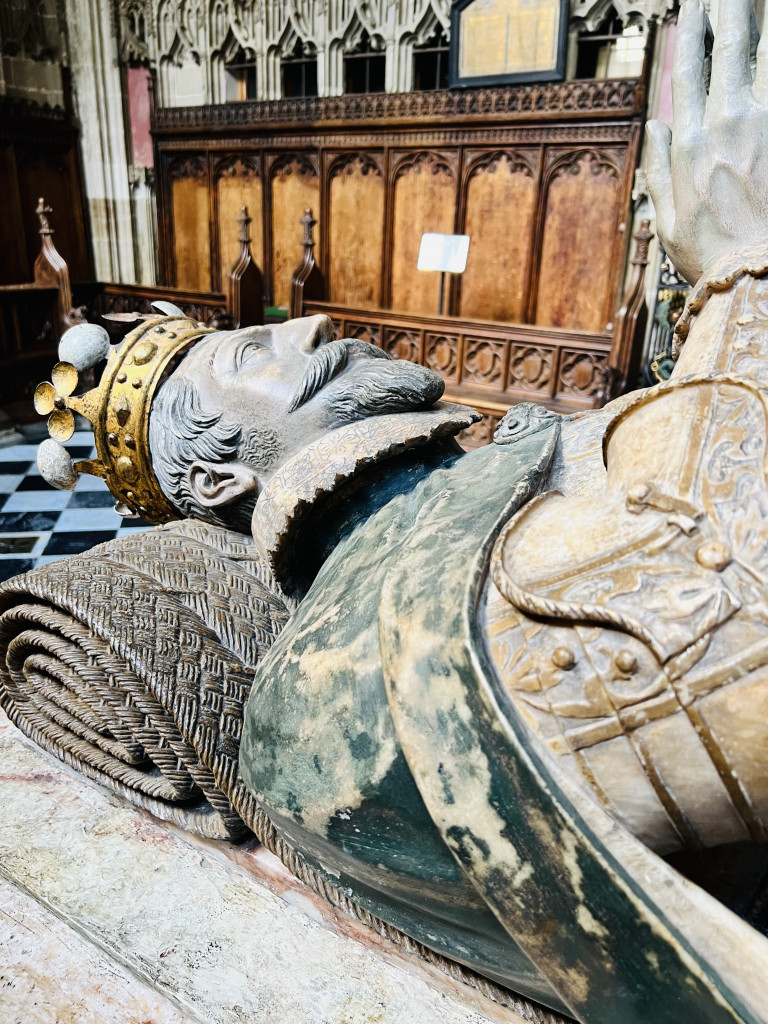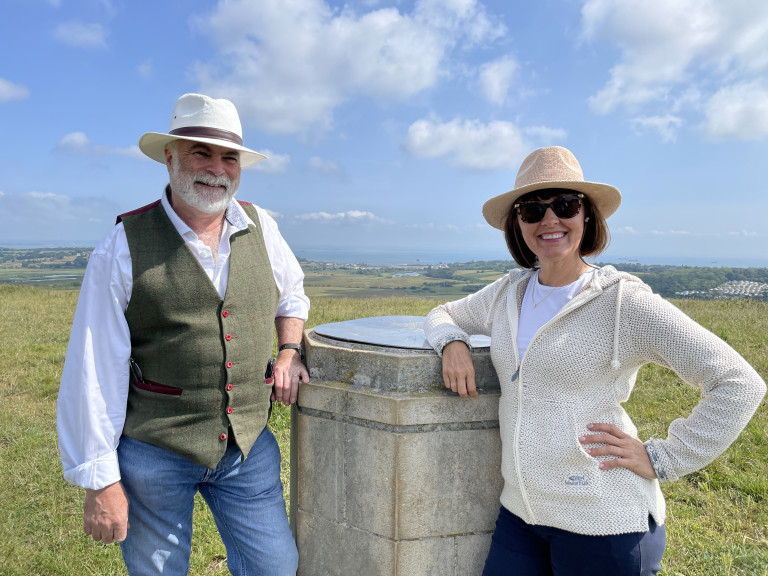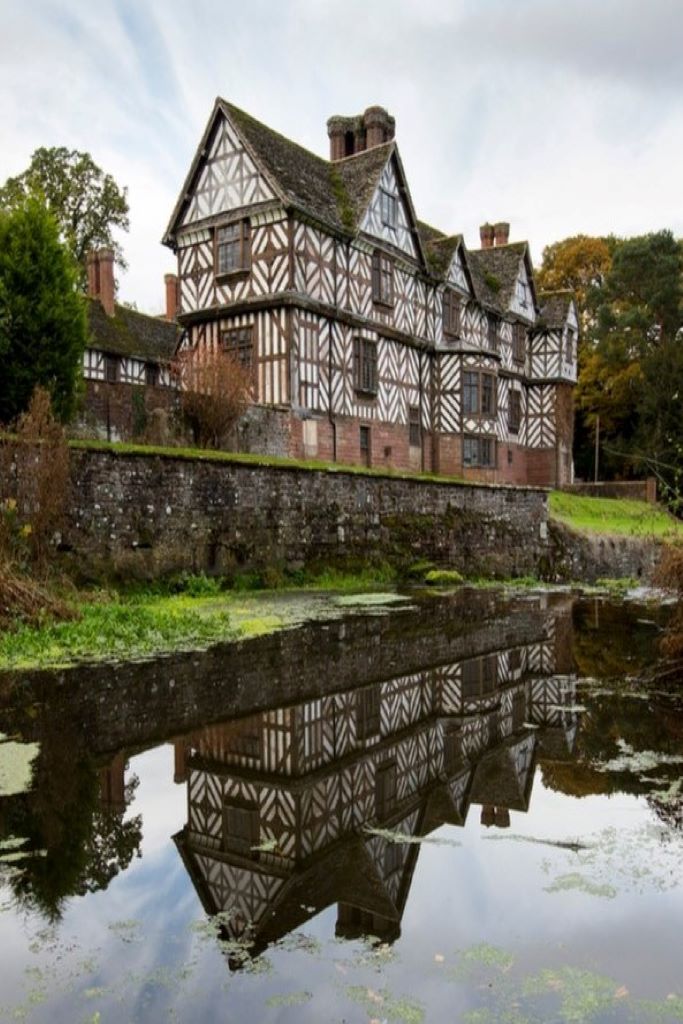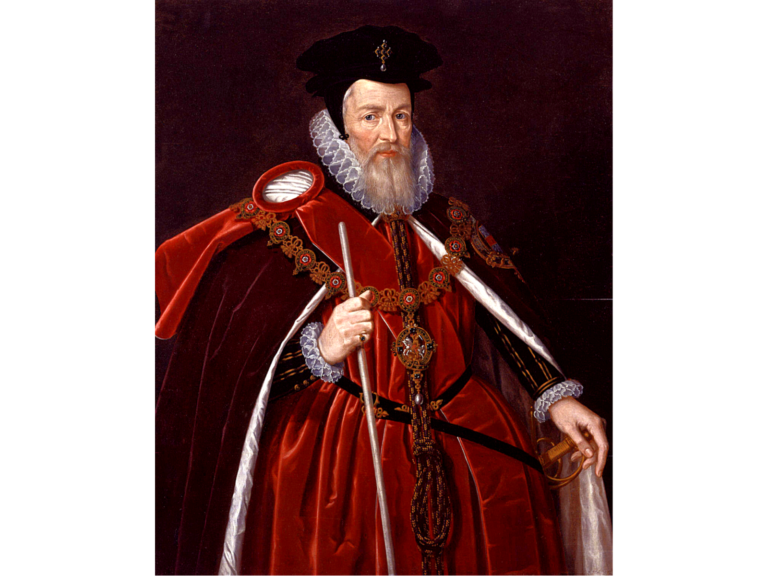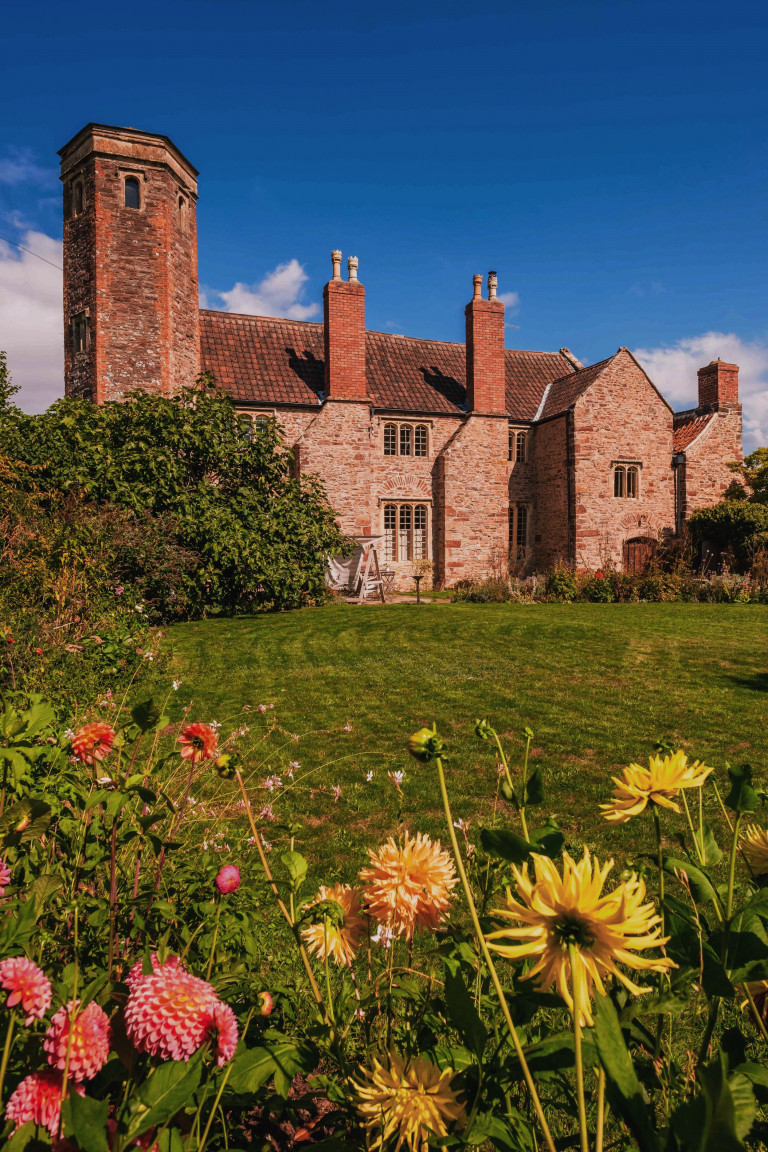Fawsley Hall, Near Daventry, Northamptonshire
A Brief Introduction to Fawsley Hall
Steeped in tradition and history, Fawsley Hall is a beautiful luxury country house hotel in Northamptonshire, surrounded by formal gardens and parkland. It was a home built for entertaining: Elizabeth I certainly enjoyed its fine hospitality during her visit to the Hall in 1575.
Now a hotel and spa, Fawsley Hall provides luxury accommodation in an incredible Tudor setting. You will fall in love with the Great Hall, which is decorated with portraits of certain characters you will most definitely recognise! It is a sumptuous space and its large commy sofas invite you to rest and enjoy a glorious afternoon tea.
Here is an excerpt from Fawsley Hall’s website, which describes its Tudor connections. This includes a visit by Elizabeth I to the hall during her historic 1575 progress:
‘Henry VII knighted Sir Richard Knightley (third generation) in 1494. Henry VIII knighted Sir Edmund Knightley (fourth generation) in 1542. Edmund, a sergeant-at law, enhanced the family wealth by being appointed a commissioner for the Suppression of the Monasteries and confiscating monastic lands. Edmund held strong religious convictions, once trying to prevent Henry VIII from taking the son of his deceased brother in law (Sir William Spencer) into wardship. He was thrown into London’s Fleet Prison for his impudence. Edmund continued the building work at Fawsley with his brother Valentine and it was Valentine’s son who inherited the house, yet another Richard (died 1615). It was this Richard Knightley who entertained Queen Elizabeth I in 1575 in the South Wing.
There was no major building work in the 17th century, largely because of the extravagances of Richard’s son, Valentine and grandson of the first Valentine. He sold a large part of the family estates and these financial difficulties remained for some time. In an inventory of a family member who died in 1650, there is mention of the ‘Queens Chamber’, which is now our 1575 suite. Queen Elizabeth I often visited her courtiers during the summer months while her palaces were being cleaned. Indeed, Queen Elizabeth I knighted Ferdinando and Seymour Knightley in the manor house at Fawsley.’
Historic Properties Nearby
- The site of the Palace of Collyweston
- Fotheringhay Castle and the nearby church of St Mary and All Saints
Visitor Information
For more details on the accommodation, check out Fawsley Hall website.
Contact Details: email enquiries@handpicked.co.uk or call 01642 706606.
Address: Fawsley Hall Hotel & Spa, Daventry NN11 3BA.

